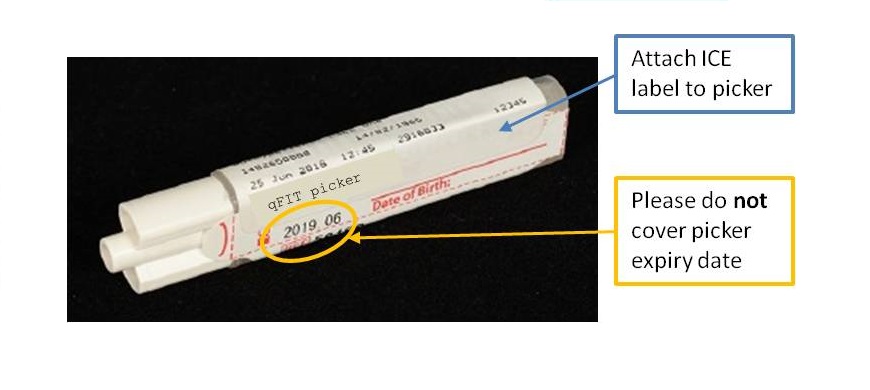The serum androgen profile simultaneously measures:
- testosterone
- androstenedione
- 17-hydroxyprogesterone (17OHP)
- 11-deoxycortisol (11DOC)
- 21-deoxycortisol (21DOC)
11DOC and 21DOC are not routinely reported. If an abnormality is detected in either, a comment will be made on the report.
The androgen profile is recommended for investigation of hirsutism, polycystic ovarian syndrome (PCOS) and infertility in females, and for the diagnosis and monitoring of congenital adrenal hyperplasia (CAH) in both males and females. Please state clinical details and menstrual cycle information on the request form.
Androgens pre- and 60-min post synacthen may be of benefit for the investigation of late onset CAH if elevated androgens have been observed in a follicular phase sample.
In neonates, 17OHP can be measured from the day of birth for the investigation of CAH, however levels may continue to rise immediately after birth, with further adrenal stimulation. An elevated 21DOC would confirm 21-hydroxylase deficiency CAH.
Sample Requirements and Reference Ranges
- Sample Type: Serum
- Container: SST. Please send primary sample if possible. Some interference has been observed with certain aliquoter tubes, such as the Impeco tube.
- Precautions: None
- Minimum Volume: 500 μL (140 μL for neonates)
- Reference Range:
- Adult Females:
- Testosterone <1.5 nmol/L
- 17-Hydroxyprogesterone <6.0 nmo/L
- Androstenedione (18 – 40yrs) <5.5 nmol/L
- Androstenedione (>40yrs) <3.0 nmol/L
- Adult Males:
- Testosterone 7.0 – 30 nmol/L
- 17-Hydroxyprogesterone <6.0 nmol/L
- Androstenedione <5.5 nmol/L
- Paediatric ranges under evaluation
- Turnaround Time: 7 days (Please contact the lab to notify of any urgent neonatal sample)
- Method: Liquid chromatography-tandem mass spectrometry
- Quality Assurance: UK NEQAS
Testosterone
Testosterone is a 19-carbon androgen, produced by both the adrenal glands and gonads. Production is controlled by LH or HCG. Serum testosterone is often measured in female patients to investigate suspected polycystic ovary syndrome (PCOS) or idiopathic hirsutism. However, some women will have a more serious pathology, such as adrenal/ovarian tumours, Cushing’s syndrome or late onset congenital adrenal hyperplasia (CAH).
In females, testosterone, androstenedione and 17-hydroxyprogesterone (17OHP) are lowest in the follicular phase. In males, testosterone is highest early in the morning and declines through the day.
Androstenedione
Androstenedione is a 19-carbon androgen, produced by both the adrenal gland (ACTH control) and gonads (LH or HCG control) and also by peripheral conversion from testosterone. Androstenedione has 20% of the androgenic potency of testosterone.
Androstenedione is most commonly measured in women for the investigation of polycystic ovarian syndrome (PCOS).
Androstenedione may be helpful in disorders of puberty. It is raised in cases of congenital adrenal hyperplasia (CAH) due to deficiency of the 21- or 11β-hydroxylase enzymes and may be useful in the diagnosis of these conditions and in the monitoring of glucocorticoid replacement therapy. Androgen secreting tumours of both the adrenal (adenoma and carcinoma) and ovary (arrhenoblastoma, hilar cell and granulosa cell) may result in high serum levels of androstenedione.
17-Hydroprogesterone (17OHP)
17-hydroxyprogesterone (17OHP) is a 21-carbon progestagen, produced by the adrenal gland (ACTH control) and gonads (LH or HCG control). 17OHP is a precursor to 11-deoxycortisol (11DOC) and is elevated in the most common form of congenital adrenal hyperplasia (CAH), 21-hydroxylase deficiency.
CAH is a group of inherited metabolic disorders of adrenal steroid hormone biosynthesis. The clinical features derive from a combination of under-production of either cortisol or aldosterone or both, and increased production of adrenal androgen precursors. The incidence of the classical disorder in Scotland is approximately 1/15,000.



